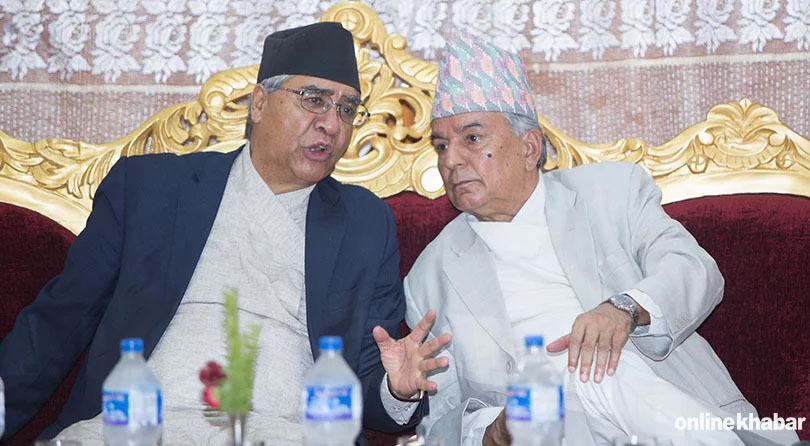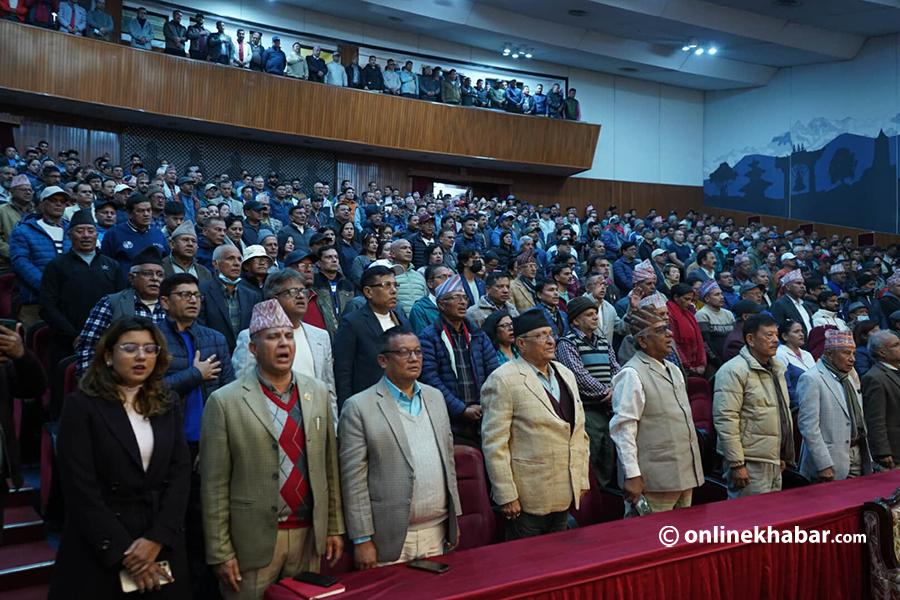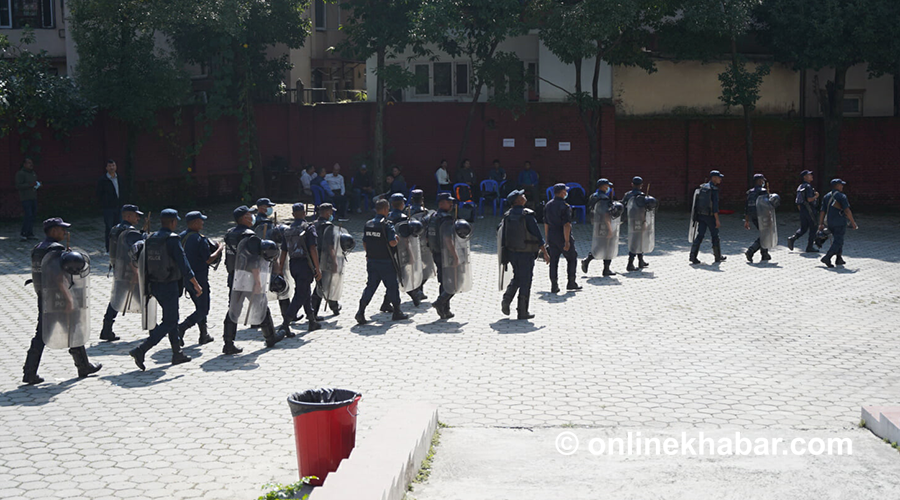
Kathmandu, November 21
Commentators say factionalism and internal divisions are innate features of the Nepali Congress, which claims to be the oldest democratic party of Nepal. However, the party seems quite unified ahead of provincial and federal parliamentary polls.
“The unification that is seen in our party currently is unprecedented,” comments Congress leader Gagan Thapa. Leaders close to Sher Bahadur Deuba and his internal rival Ram Chandra Poudel have stopped blaming each-other.
But, why?
It is not because the party leadership addressed concerns and grievances of all factions. Rather, the external force of recently created leftist alliance has played the role to make the Congress unified.
Perhpas, the CPN-Maoist Centre Chairman Pushpa Kamal Dahal is right in his claim that preparations of unification among communist forces is the major reason for the internal unity of Congress.
As two biggest communist parties of Nepal–CPN-UML and CPN-Maoist Centre–announced an electoral alliance with a plan of merger after the polls, the Congress is under pressure to present itself as strong as possible.
That is why the leaders who had expressed their voices against selections of candidates have now chosen to keep mum over their issues and are in the field to solicit votes for party’s official candidates.
Despite the ‘unprecedented’ unification, the Congress has not expected much from upcoming polls. In the first phase, on November 26, the voting will be held in 37 House of Representatives constituencies in 32 districts; and the Congress will be happy if it wins around 10 constituencies.
In overall, the Congress is expecting to win just 40 to 50 seats among 165 first-past-the-post House of Representative members. It means the biggest party of recently dissolved Parliament will be restricted to around 30 per cent.
In internal calculations, the party leaders have accepted that the leftist alliance can win twice as many constituencies as the Congress wins.
The party has formed alliances with Madhesh-centric parties in the plains and with Naya Shakti and Rastriya Prajatantra Party in some other places. However, the party insiders say such partnership will not favour the Congress much.
Congress leaders believe that around 70 per cent populations of Nepal support the democratic school of thought. Therefore, they are likely to struggle hard to divert as many “democratic” votes as possible from the leftist alliance to their side.
For this, the unity is a must.






















